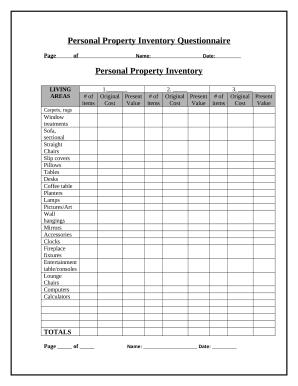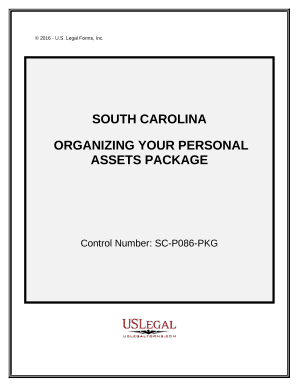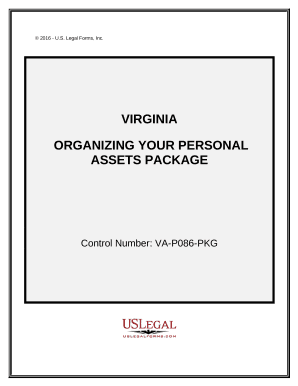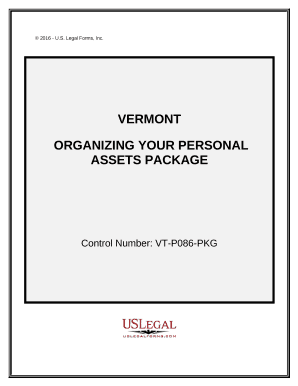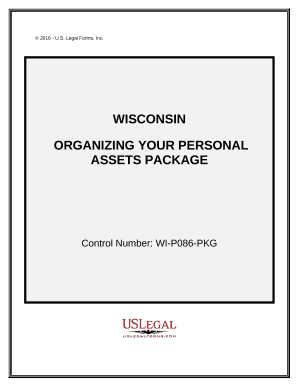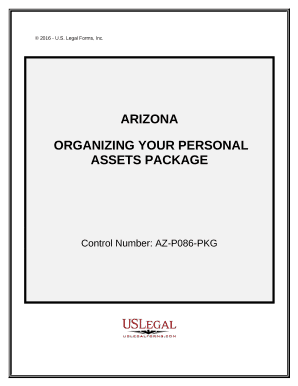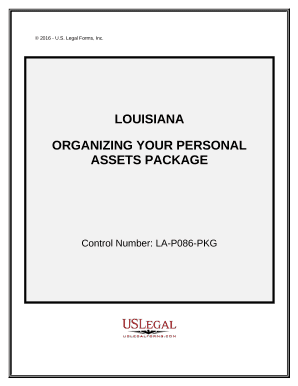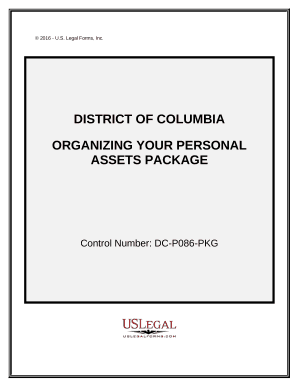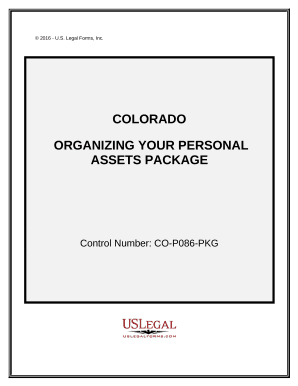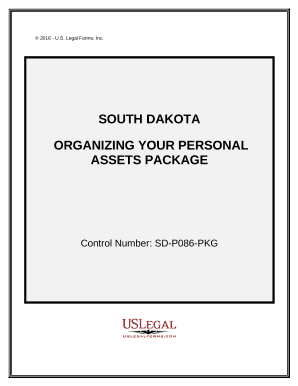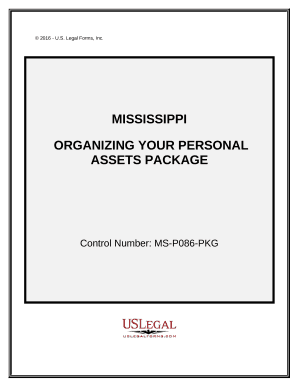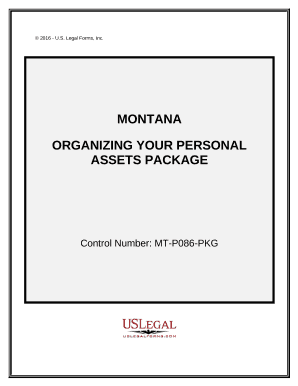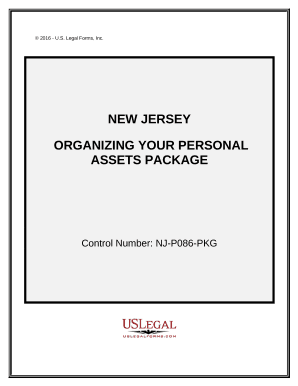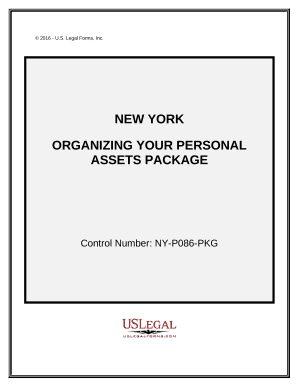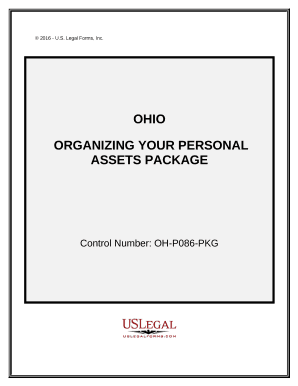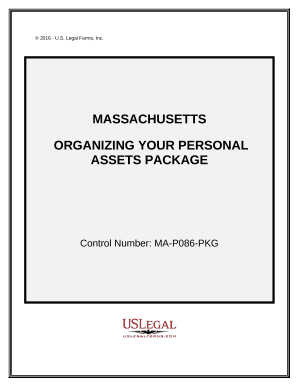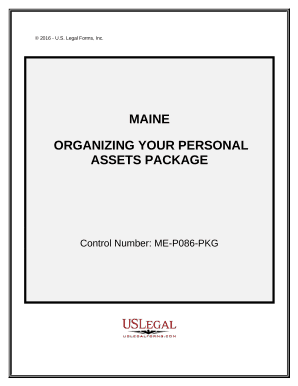Increase your productivity with Personal Asset Management
Document managing occupies to half of your office hours. With DocHub, it is possible to reclaim your office time and enhance your team's productivity. Access Personal Asset Management category and explore all templates relevant to your everyday workflows.
The best way to use Personal Asset Management:
- Open Personal Asset Management and employ Preview to find the suitable form.
- Click on Get Form to begin working on it.
- Wait for your form to upload in our online editor and start modifying it.
- Add new fillable fields, symbols, and pictures, change pages order, and many more.
- Complete your form or set it for other contributors.
- Download or share the form by link, email attachment, or invite.
Boost your everyday file managing with our Personal Asset Management. Get your free DocHub account today to discover all forms.


